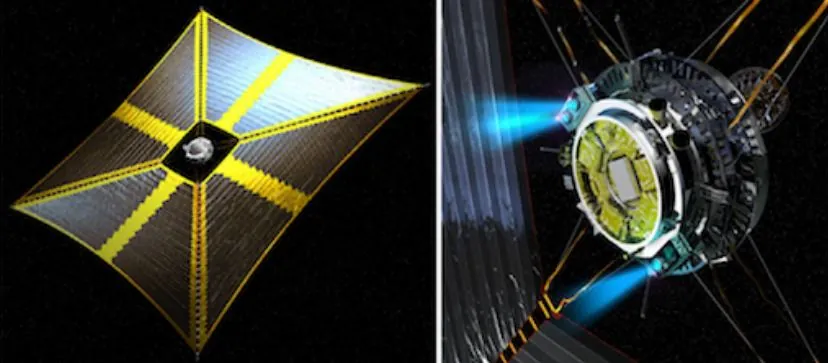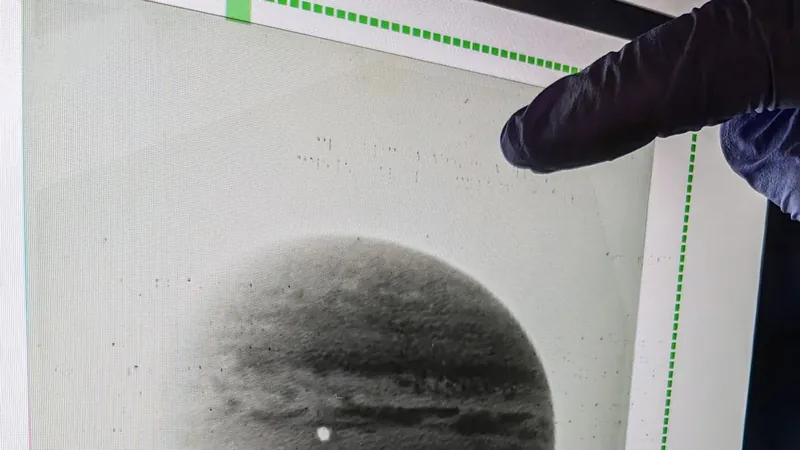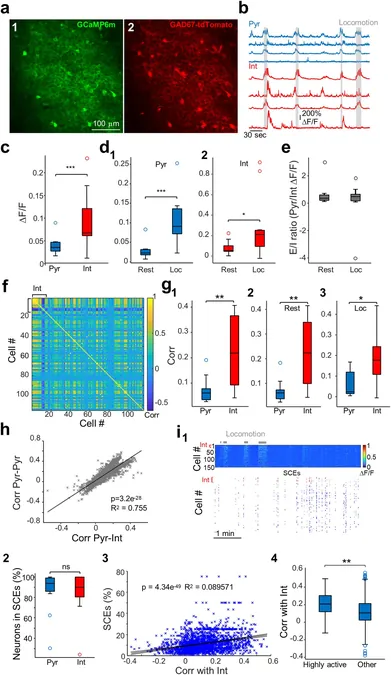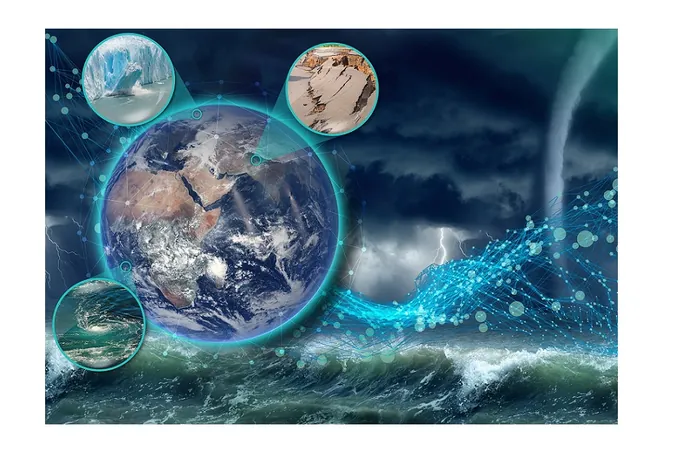
OKEANOS: The Ambitious Quest for Samples from the Mysterious Trojan Asteroids
2024-11-26
Author: Nur
Introduction
Launching a space mission is no easy feat, and the path to official approval can be fraught with challenges. However, even when a mission is not selected for implementation, the innovative ideas and technologies can still have a lasting impact on other space endeavors. This was the case for the OKEANOS project, an ambitious plan originally envisioned by the Japan Aerospace Exploration Agency (JAXA) to explore the enigmatic Trojan asteroids.
The OKEANOS Project and Its Goals
The OKEANOS project aimed to build on JAXA's notable success with asteroid sample return missions, most famously exemplified by the Hayabusa-2 mission, which returned samples from the asteroid Ryugu in 2020. Ryugu, categorized as a near-Earth asteroid, has provided a treasure trove of information about the early solar system, sparking numerous scientific publications. In contrast, OKEANOS sought to investigate the Trojan asteroids, which reside at stable points along Jupiter's orbit.
The Mystery of Trojan Asteroids
These Trojan asteroids are believed to have originated in the Kuiper belt beyond Neptune's orbit but were pulled closer to the Sun due to the gravitational disruptions caused by the migration of major gas giants. Their unique formation suggests they may hold vital clues regarding the solar system's early history. Unfortunately, they have yet to be the focus of any dedicated missions, leaving many questions unanswered.
NASA's Lucy Mission
This is set to change with NASA's Lucy mission, launched in 2021, which aims to conduct remote observations of these intriguing celestial bodies. However, Lucy lacks the capability to land or retrieve samples, positioning OKEANOS as a potential pioneer in this unexplored territory.
Innovative Technology Plans
The mission's innovative technology plan included a blend of solar sail and ion propulsion, known as a solar power sail. This advanced system combines the propulsion provided by solar radiation with flexible photovoltaic panels that generate energy while deployed, a concept successfully demonstrated by JAXA's earlier IKAROS mission in 2010. The solar sail would capture solar energy, which would power the ion engine for propulsion. Upon arriving at the Trojan asteroids, OKEANOS intended to use a specialized lander designed to gather samples from the asteroid surface.
Pioneering Sample Collection Methods
Though previous missions, like OSIRIS-REx and Hayabusa-2, have successfully returned samples by directly landing on their target asteroids, OKEANOS aimed to pioneer a new method of collecting samples. This involved a lander that would collect material and transport it back to a 'mothership' for the return journey to Earth. However, the challenge of significant communication delays at such vast distances posed an added layer of complexity.
Budgetary Constraints and Future Implications
Despite the promising technology and JAXA's impressive track record in space exploration, OKEANOS was ultimately not fully funded due to budgetary constraints. Instead, JAXA opted to focus on the LiteBIRD mission, which aims to study the cosmic microwave background radiation.
Conclusion
Nevertheless, the innovations derived from the OKEANOS project are not lost. Elements of its design and technology have found their way into discussions for future missions, reflecting a broader interest in uncovering the mysteries of our solar system and the potential for asteroid resources. As we delve deeper into the celestial bodies that surround us, the interest in the origins of our solar system only continues to grow, promising exciting developments in future space explorations.
Future Prospects
Stay tuned as scientific endeavors soar beyond our planet, with more revelations on the horizon!



 Brasil (PT)
Brasil (PT)
 Canada (EN)
Canada (EN)
 Chile (ES)
Chile (ES)
 España (ES)
España (ES)
 France (FR)
France (FR)
 Hong Kong (EN)
Hong Kong (EN)
 Italia (IT)
Italia (IT)
 日本 (JA)
日本 (JA)
 Magyarország (HU)
Magyarország (HU)
 Norge (NO)
Norge (NO)
 Polska (PL)
Polska (PL)
 Schweiz (DE)
Schweiz (DE)
 Singapore (EN)
Singapore (EN)
 Sverige (SV)
Sverige (SV)
 Suomi (FI)
Suomi (FI)
 Türkiye (TR)
Türkiye (TR)